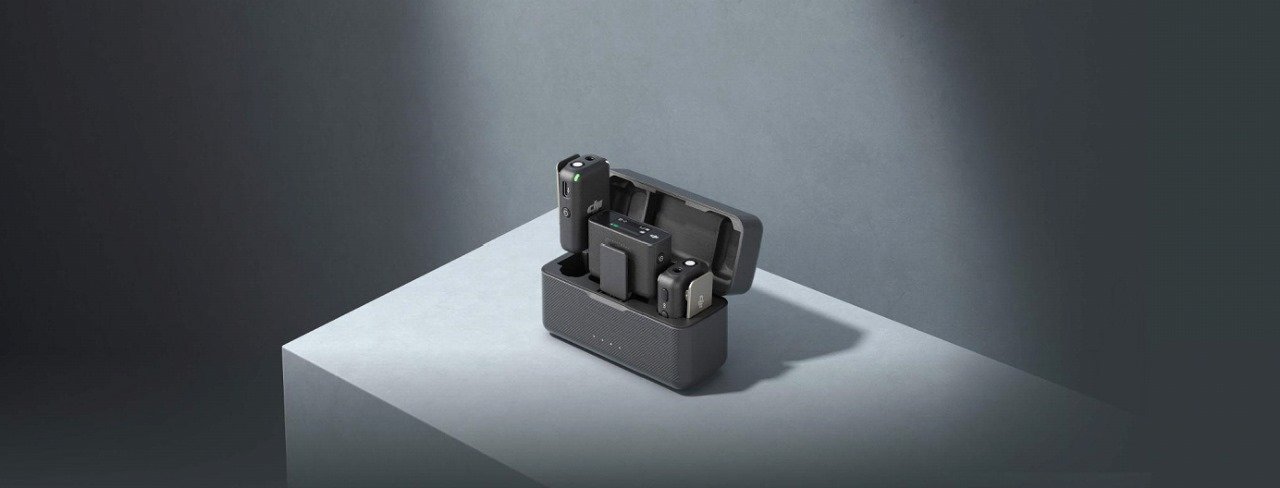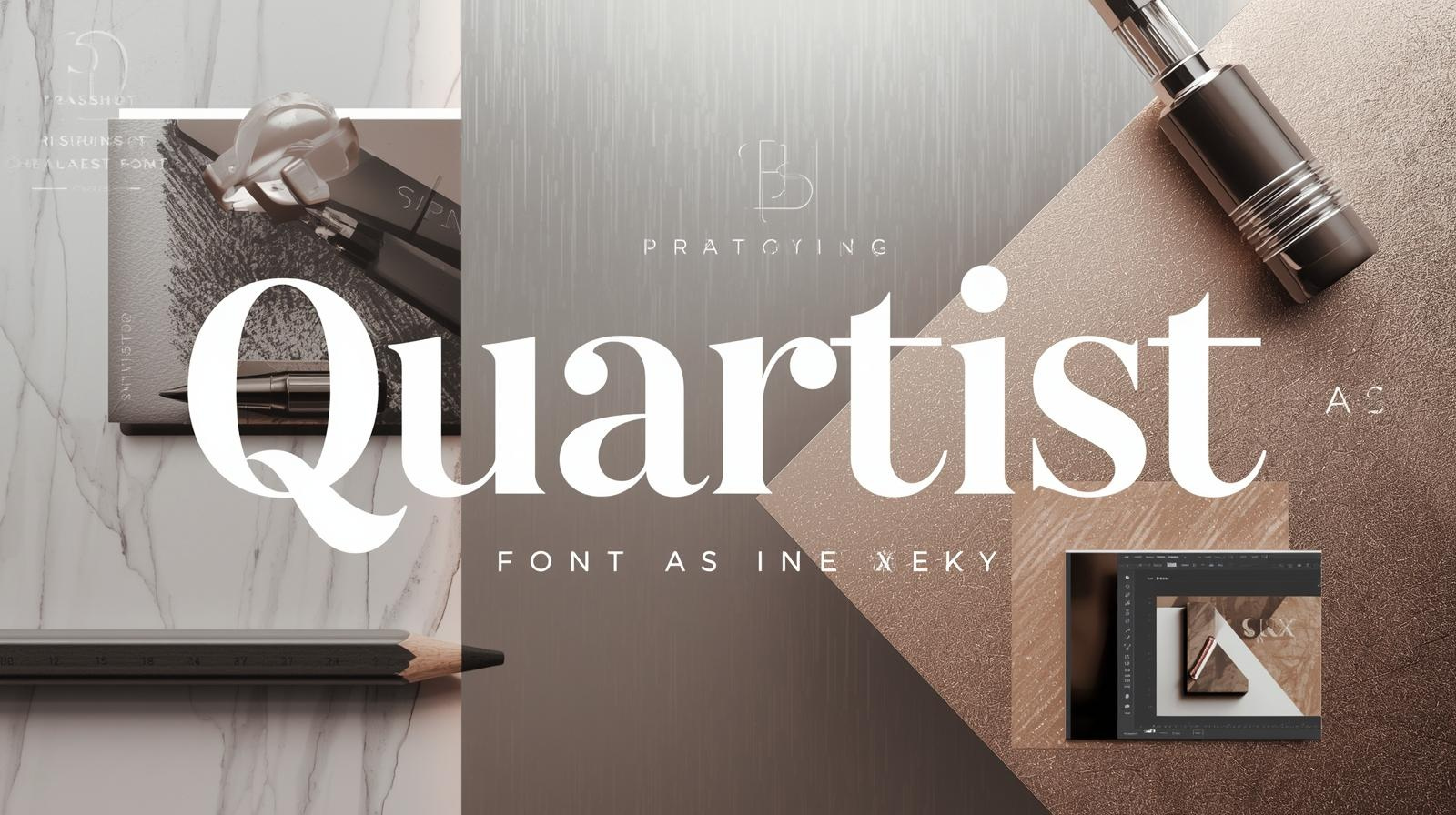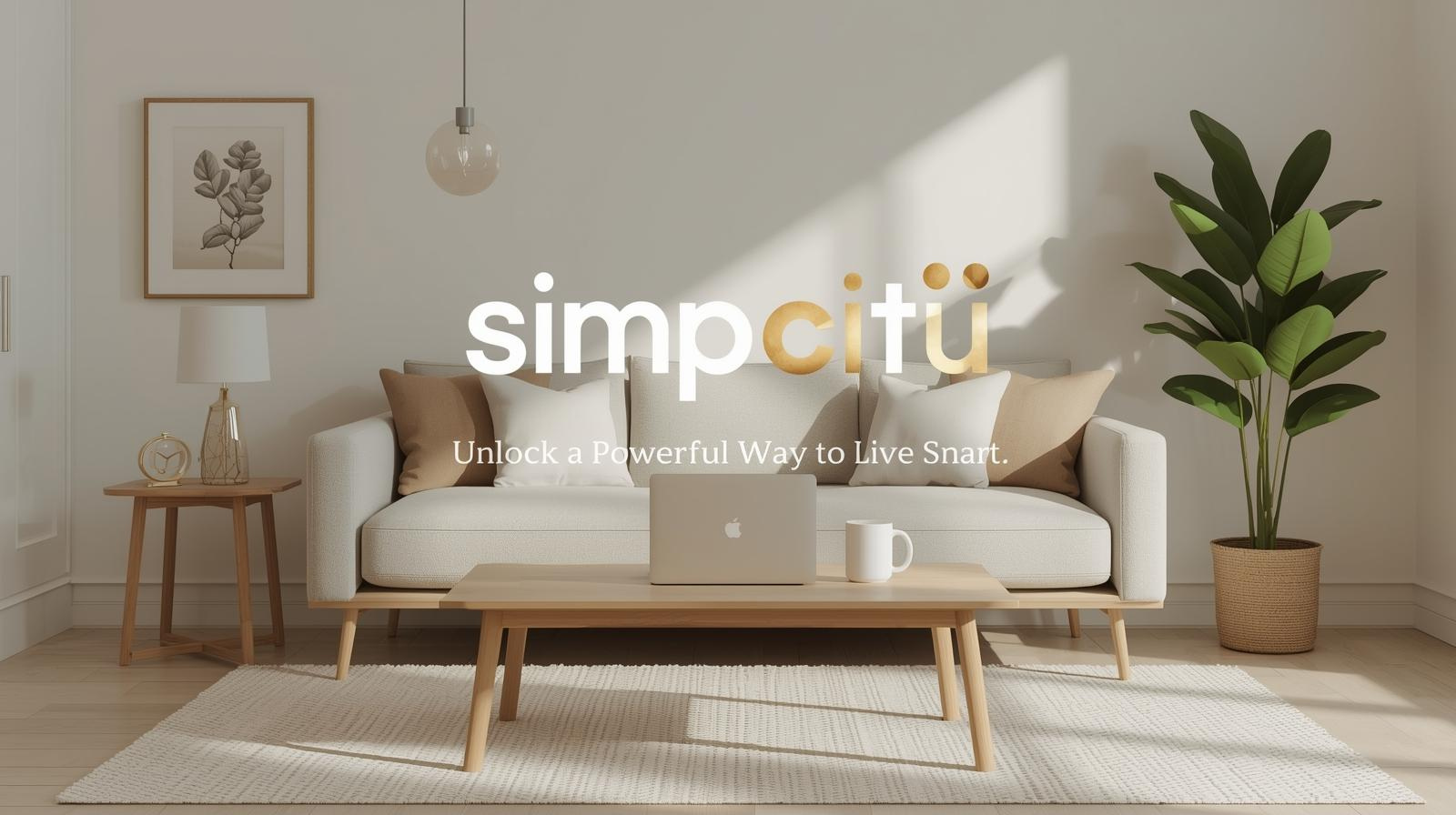The virtual entertainment sector is surging with rapid growth, bringing forward VTubers, animation-made digital personas brought to life using motion capture and real-time rendering. Worldwide revenues related to VTubers exceeded $500 Million in 2023, and thousands of creators are waiting to jump onboard and create their custom avatars. This trend is only growing with easier access to powerful 3D anime tools, plus AI Development Services teams ready to help. Whether you want to create something funny like a wacky anime character to stream, or want to create an ultra-sophisticated digital idol with all the bells and whistles, creating your own VTuber model is exciting, and combines technology with creativity. This guide will take you step by step, with the proper tools and key decisions to ensure the creation process is as easy as possible for both new creators and aspiring creators.
Step-by-Step VTuber Model Creation Process
Creating a 3D VTuber model is more than just an advancement in the interface; it is a process to take you from imagination to imagination in avatar form. Here is how you will be able to create your standout character, step by step:
1. Concept Art & 2D Design
Your VTuber’s personality, backstory, and aesthetic all begin with concept art. Start with reference boards or drawings and then choose a color palette, outfit, poses, and signature facial elements. Many creators use a digital illustration program (like Clip Studio Paint or Photoshop) to help develop a digital 2D concept design with better quality. Having good quality concept art will make sure your design stays cohesive and make the next steps (like modeling and rigging) super easy to work on. If your goal is to develop for a VTuber, generative AI development solutions will even let you use advanced character design generators or thematic ideation tools to give extra creative freedom for newbies or anyone who wasn’t a good artist.
2. 3D Modeling Software
Once you have all your concepts drafted, you can now work in modeling software to turn your 2D sketches into real-life avatars. Many creators turn to free programs like VRoid Studio (user-friendly, anime-style) or full-on free powerhouse programs like Blender, or commercial suites like Maya. VRoid Studio allows you to design a face, body type, hair, and clothing with user-friendly sliders and templates. You can get a good design going without needing to sculpt! Blender gives you ultimate control for customizing meshes and you can easily create additional accessory mesh items. VRM (Virtual Reality Model) is one type of export standard, and allows the modeler to export something to work across platforms and streaming apps; it’s not the only standard but would likely be the most suggested by any forward-thinking generative AI development company.
3. Rigging & Animation
Rigging is the process of giving your model a digital “skeleton” to allow it to move in a natural manner. In Blender, this includes creating a bone hierarchy, weight painting to define how mesh parts deform, and perhaps adding Inverse Kinematics to allow for more natural limb motion. With anime-style avatars, you can also create more nuances like blendshapes or facial morphs that allow for a wide-range of emotion or detailed lip-syncing. You can speed this process up through rigging tools (like Rigify for Blender or preset rigs in VRoid Studio). AI Development solutions are also getting into the act and are using generative or predictive models to rig puppets for average users, providing access to professional-grade articulation and animation entirely via DIY process.
4. Motion Capture & Tracking
After maintaining shape and form through rigging, you still need to breathe life into your avatar by capturing your moves, facial expressions, gestures, and voice. There are some free solutions that involve a webcam to do face tracking relatively simply with apps like VSeeFace or Luppet. However, if you want higher fidelity, you can buy hardware trackers, or Leap Motion, or even full bod suits (commonly used by the top VTubers). Using a program to capture your movement is referred to as tracking, and if successful, those changes can be realized in real time from your webcam to your 3D digital avatar, which can be used for live streaming, dancing, or as an avatar to interact and chat with on select Virtual Platforms. Many VTubers or creators like the notion of collaborating with their Generative AI Development expert to improve tracking, and thus motion fidelity, in the rigging process to create relatable movements like they do, even with average, entry-level hardware.
5. Rendering & Exporting
After the rigging and mocap have been completed, the last step is to finalize textures, lighting, materials, and toon shading that helps achieve your vision of the anime character. Programs like Blender allow for realistic but also stylized rendering, transparent backgrounds, and compatibility with real-time environments, such as Unity or Unreal. Once the avatar is finished, you should be able to export a VRM or FBX file (or usable format) for plug-and-play use with different VTubing software. At this point, many AI Consulting Services provide some checks for optimization to ensure that your stream quality will be smooth, low latency, and varying device compatibility.
6. Streaming & Interaction
Now that your avatar is imported into some VTubing software (for example, VTube Studio, Animaze, or VRChat), you can configure behaviors, backgrounds, overlays, or even connect your mic or cam for streaming animation in real-time. Depending on your level of expertise, you can also create reactive triggers, audio, and chat-based interactions to encourage viewer involvement. To keep the content fresh, you can regularly update it with new outfits or looks based on the season. You can collaborate with an AI Consulting Service to add additional intelligence (for example, real-time speech-to-animation or gesture predicting), giving you even further options as your audience and content grows.
DIY vs. Commissioned VTuber Models: Which Should You Choose?
Launching your VTuber persona means you’ve got a critical decision to make: will you create your model, or hire a professional artist? A DIY option using VRoid Studio or Blender can save you some money, and you can have complete control over the creative process. Because software and tutorials are free, you can even create something decent with little to no experience as a novice – you can even experiment at your own pace. However, nothing is comparable to a professional, typically assembled Generative AI Development experts or freelance professional. For an artist, that model represents highly-polished artwork with features that will be difficult to replicate. Further, we want to establish a brand that requires something different from the model that all other VTubers are using.
Custom commissions (especially 3D commissions) vary in price quite a bit. Generally, a basic 3D anime character might list in the $1,000 – $2,500 range. Models/skeletons with complex 3D rigging, and custom designs may be anywhere from $5,000 to $15,000. If you care about being authentic to your character’s design, advanced skeleton rigging, and original design, then you may want to invest in commission work, or you may want to leverage an AI Development solution and have a custom VTuber avatar that stands out from the rest. If you are a hobbyist, or if you are still “finding your style”, getting started with a DIY option is a low-cost, creative way to learn about the ecosystem and then progressively reinvest.
Technical and Creative Challenges to Design VTuber Model Using 3D Anime Tools
Crafting a VTuber model using 3D anime resources presents lots of technical and artistic considerations. Polycount and base optimization are two main challenges; models must look good, but still run efficiently so as to minimize stream lag and drop software crashes. Appropriate rigging of faces and blendshapes are critical in translating the VTuber’s natural expressions, which are critical to the VTuber’s photo appeal. Textures and shaders impact how “anime-like”, or unique your model looks, especially with variable lighting conditions.
Motion capture precision presents challenges: cheap trackers can produce jitter and lag while expensive systems come with their own challenges and expense of set up. Simultaneously provide real-time, low-latency animation of your avatar while streaming – especially for modest computer systems, requires careful attention to export settings, and user mode testing of your model in various instances, sometimes with the complexities of needing assistance from AI Consulting solutions. On the creative design side, don’t entertain oneself with low-quality design templates; being original is key when creating your signature with your viewers; it will require careful planning, iteration of concepting and potentially assistance from a Generative AI Development experts to help with character branding.
Final Thoughts
Creating your own VTuber model with 3D anime tools is an intersection of art, technology, and personal expression, an exhilarating way to start streaming or to create the next virtual star. I have broken down the process into more manageable steps; concept art, 3D modeling, rigging, animation, rendering, and finally streaming! The steps can help anybody design a digital persona. You have to balance the freedom in doing it yourself against the cost-benefit of engaging AI Development solutions for more advanced work. Your VTuber avatar can connect with people worldwide with technology, creativity, and some assistance from AI Consulting.
FAQs
What software is best suited for 3D Anime-style VTuber creation?
The best options for 3D animation creation are VRoid Studio for newbies (anime-style, beginner-friendly), Blender (advanced modeling and rigging), Daz3D (realistic characters), Maya/Unreal (best control). Many creators will use combinations of these tools to get their exact vision.
How do I optimize my model for low-latency streaming?
The best ways to optimize a 3D model for low-latency streaming are to keep polycount low, minimize texture size, and simplify bone hierarchies. Test the avatar in real-time VTuber software, double check the settings for the export (for example, the VRM format), and get in contact with AI Consulting experts if you have any issues with lag or jitter.
Can I create a VTuber avatar if I have no previous 3D modeling experience?
Yes! VRoid Studio has templates that can be altered with sliders and has an easy to use interface, thus allowing you to create an avatar without any previous modelling skills. Many first-time VTubers will use VRoid Studio to create their first 3D models, and may later learn more advanced tools, or hire a Generative AI Development expert to re-make and refine a previous model.
How much does it cost to commission a custom VTuber model?
2D models generally range from about $35–$1,000. With 3D models, the range is much wider from $1,000–$5,000 or more, depending on the level of detail and rigging complexity. To avoid borrowing problems with creators and for the benefit of the creator, it is always beneficial to thoroughly research potential commissioned artists, look through their portfolios and clearly articulate what you want before commissioning a custom avatar.




